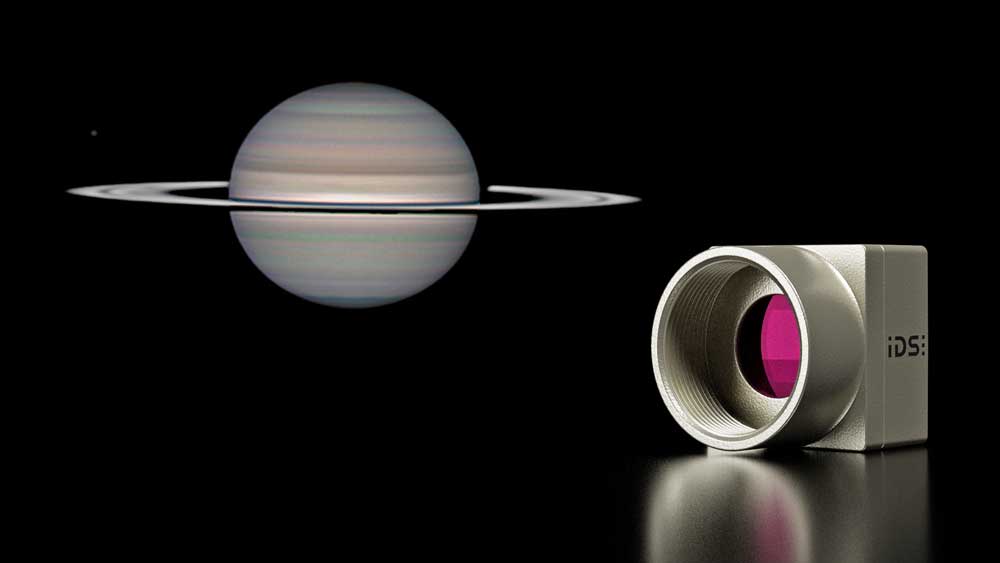Telescope image of the planet Saturn (with Astrodon I series color filter) and IDS camera. Credit: Anthony Wesley/IDS
Our solar system has fascinated mankind for thousands of years. Astronomical research is looking for answers to the big questions of human existence. How big is the universe? How did it come into being? Astronomers all over the world use telescopes to cast their gaze into space.
|
ADVERTISEMENT |
However, it’s not only huge space telescopes that provide spectacular images. Smaller telescopes equipped with standard industrial cameras also allow backyard astronomers to look far and gain new insights. In addition to versatile camera software, the right sensors are crucial for the quality of the images.
Astrophotography has to overcome special challenges in two respects, both technical and natural. This applies in particular to telescopic images of planets. First, the earth’s atmosphere is constantly in motion, creating turbulence that distorts the light coming from the stars or planets. This so-called “seeing” leads to a flickering or blurring of the objects, especially when observed through earthbound telescopes. The distortion caused by atmospheric turbulence makes it difficult to capture detailed images.
…

Add new comment